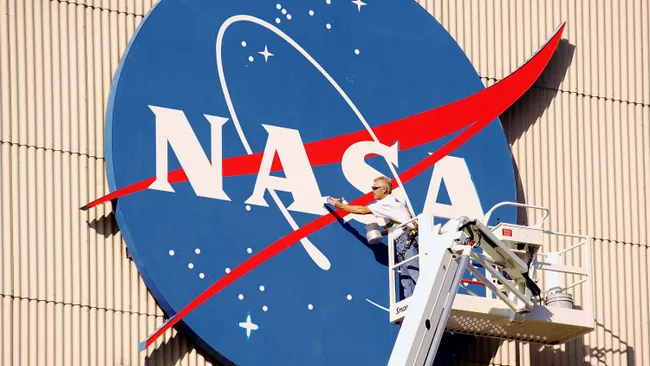The National Aeronautics and Space Administration (NASA) has captured imaginations for over six decades. But what exactly is NASA, and how did it become a global leader in space exploration?
From the Ashes of War: A Space Race Ignited
The seeds of NASA were sown during the Space Race, a heated competition between the United States and the Soviet Union to achieve dominance in space exploration. Established in 1958, NASA inherited ongoing programs from various military agencies and civilian research institutions.
Giant Leaps for Mankind: A Legacy of Achievements
NASA’s accomplishments are truly astronomical. Here are just a few highlights:
- The Apollo Missions: Landing the first human, Neil Armstrong, on the Moon in 1969 remains a monumental achievement.
- Space Probes: From the iconic Voyager missions venturing beyond our solar system to the ongoing exploration of Mars by Curiosity and Perseverance rovers, NASA probes have expanded our understanding of the cosmos.
- The Hubble Space Telescope: This revolutionary telescope has revolutionized our view of the universe, capturing breathtaking images and providing invaluable data.
- The International Space Station: A symbol of international collaboration, the ISS has served as a crucial platform for scientific research in space for over two decades.
Beyond the Headlines: The Unsung Work of NASA
While the Moon landing and space telescopes grab the spotlight, NASA’s work goes far beyond these iconic moments. The agency plays a vital role in:
- Earth Science: Monitoring climate change, tracking natural disasters, and studying our planet’s ecosystems are all crucial endeavors undertaken by NASA.
- Aeronautics Research: Developing safer and more efficient airplanes, as well as pioneering advancements in supersonic flight, are just some of NASA’s contributions to aviation.
- Space Technology: From developing innovative materials to pushing the boundaries of rocket propulsion, NASA is constantly innovating space exploration technologies.
The Future of Space Exploration: Where Does NASA Go From Here?
NASA’s gaze remains firmly fixed on the future. The agency is committed to returning humans to the Moon through the Artemis program, with sights set on a sustainable lunar presence. Furthermore, Mars exploration remains a top priority, with missions like the upcoming Mars Sample Return campaign aiming to bring Martian rock samples back to Earth for further analysis.
Looking Up: Why NASA Matters
NASA’s work not only broadens our understanding of the universe, but also fosters technological advancements that benefit us all. From weather forecasting to medical imaging, the ripple effects of NASA’s research are vast. As we continue to explore the cosmos, NASA remains at the forefront, inspiring future generations to reach for the stars.
Stay tuned for more updates on NASA’s exciting endeavors as they continue to push the boundaries of human exploration!



